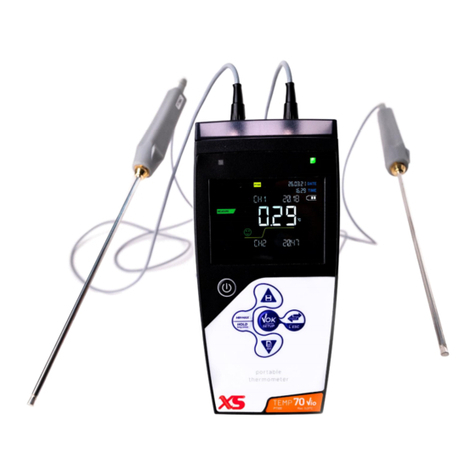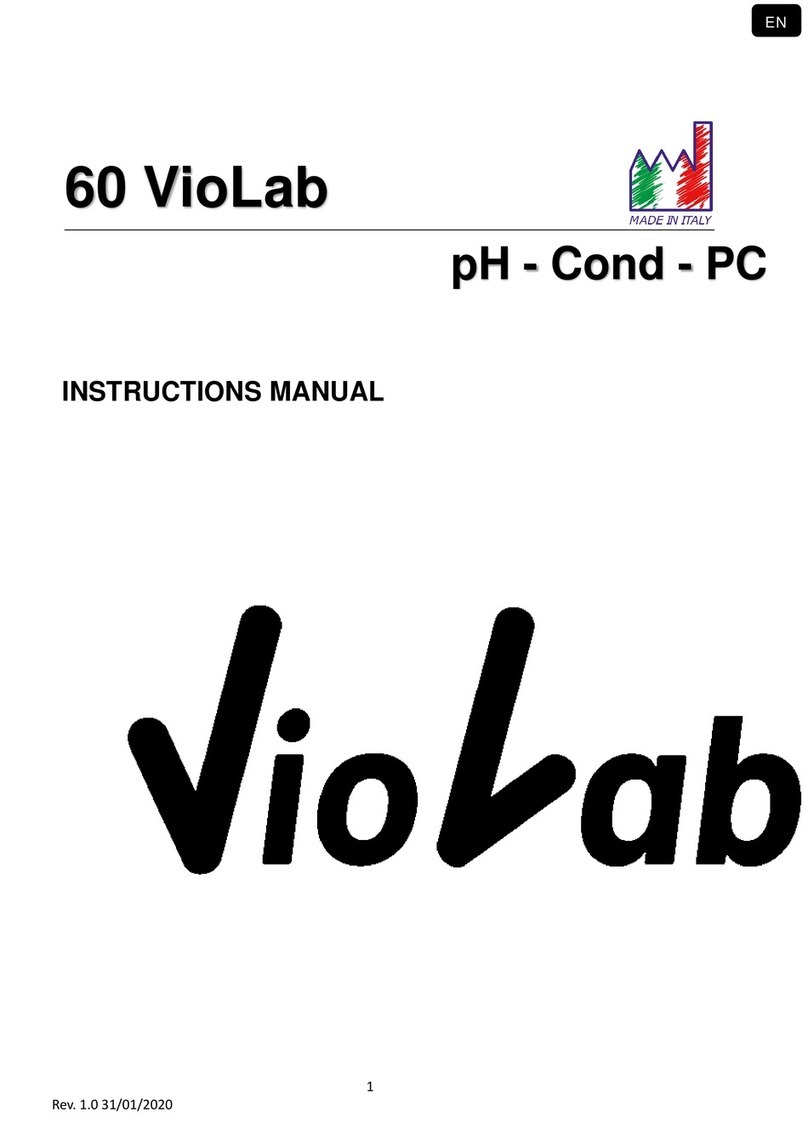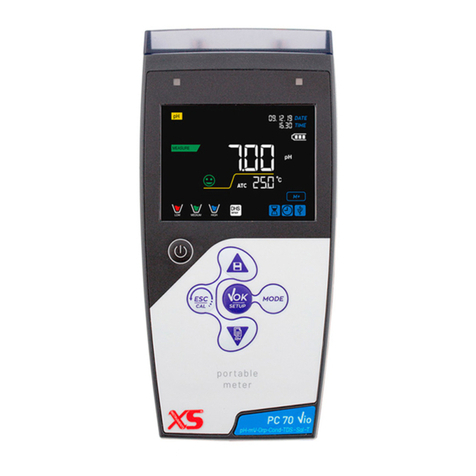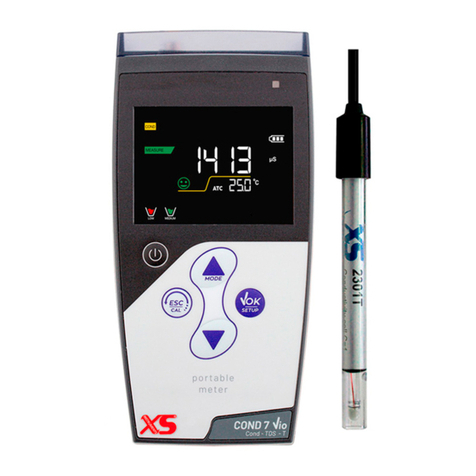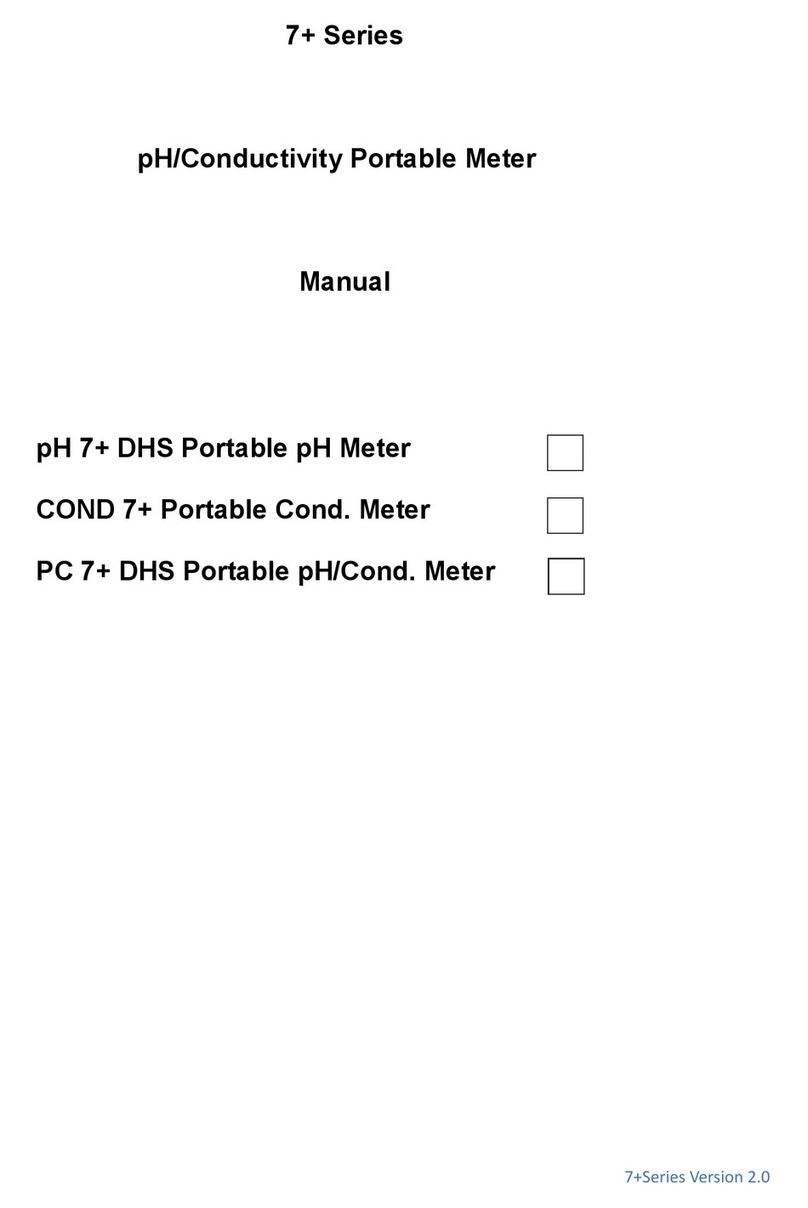
3
Index
.................................................................................................................................................................1
Introduction .............................................................................................................................................5
Safety information ...................................................................................................................................6
•Definitions of warning words and symbols .........................................................................................6
•Reporting terms: .................................................................................................................................6
•Additional documents for safety.........................................................................................................7
•Use according to destination...............................................................................................................7
•Basic requirements for a safe use .......................................................................................................7
•Unauthorized use ................................................................................................................................7
•Device maintenance............................................................................................................................7
•Responsibility of the owner of the instrument ...................................................................................8
Instrumental features ..............................................................................................................................8
•Parameters ..........................................................................................................................................8
•Datasheet ............................................................................................................................................8
Instrument description ............................................................................................................................9
•Display .................................................................................................................................................9
•Keyboard ...........................................................................................................................................10
•LED.....................................................................................................................................................10
Installation .............................................................................................................................................10
•Supplied components........................................................................................................................10
•Start-up..............................................................................................................................................10
•Turning on and off .............................................................................................................................11
•Replacement of batteries..................................................................................................................11
•Instrument transportation ................................................................................................................11
•Key functions.....................................................................................................................................11
•Inputs / Outputs connections ...........................................................................................................12
READ THE MANUAL BEFORE PROCEEDING TO CONNECT THE PROBES OR PERIPHERALS ........................12
•Symbols and icons on the display .....................................................................................................13
Operation of the device.........................................................................................................................13
Setup Menu ...................................................................................................................................14
•Setup menu structure ......................................................................................................................15
Temperature measurement ATC – MTC ....................................................................................15
%O2 Parameter ..............................................................................................................................15
•O2parameter Setup ..........................................................................................................................15
•Composition of the Setup menu for O2 Parameter...........................................................................16
•Information about sensor DO 7.........................................................................................................17
•Sensing element................................................................................................................................17

